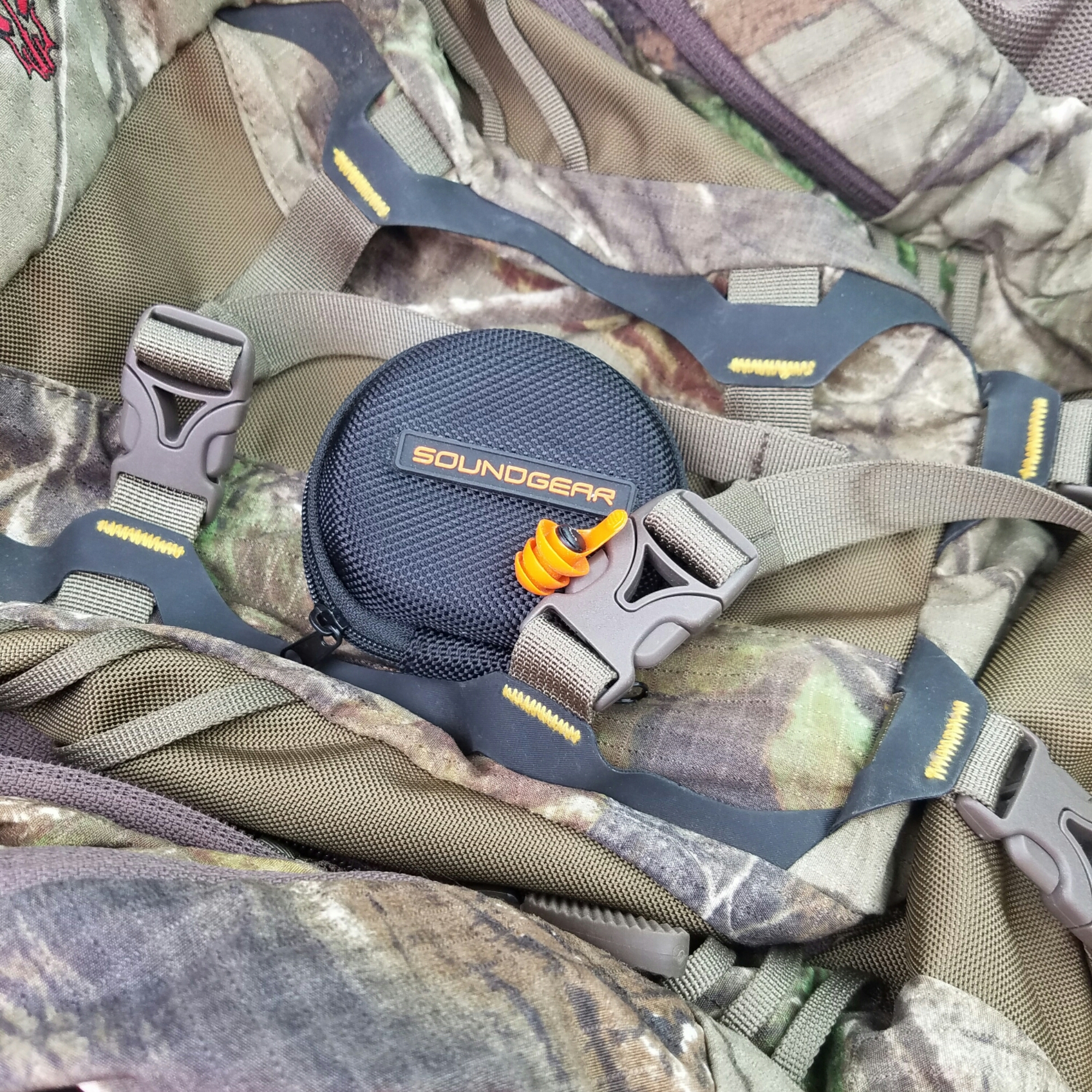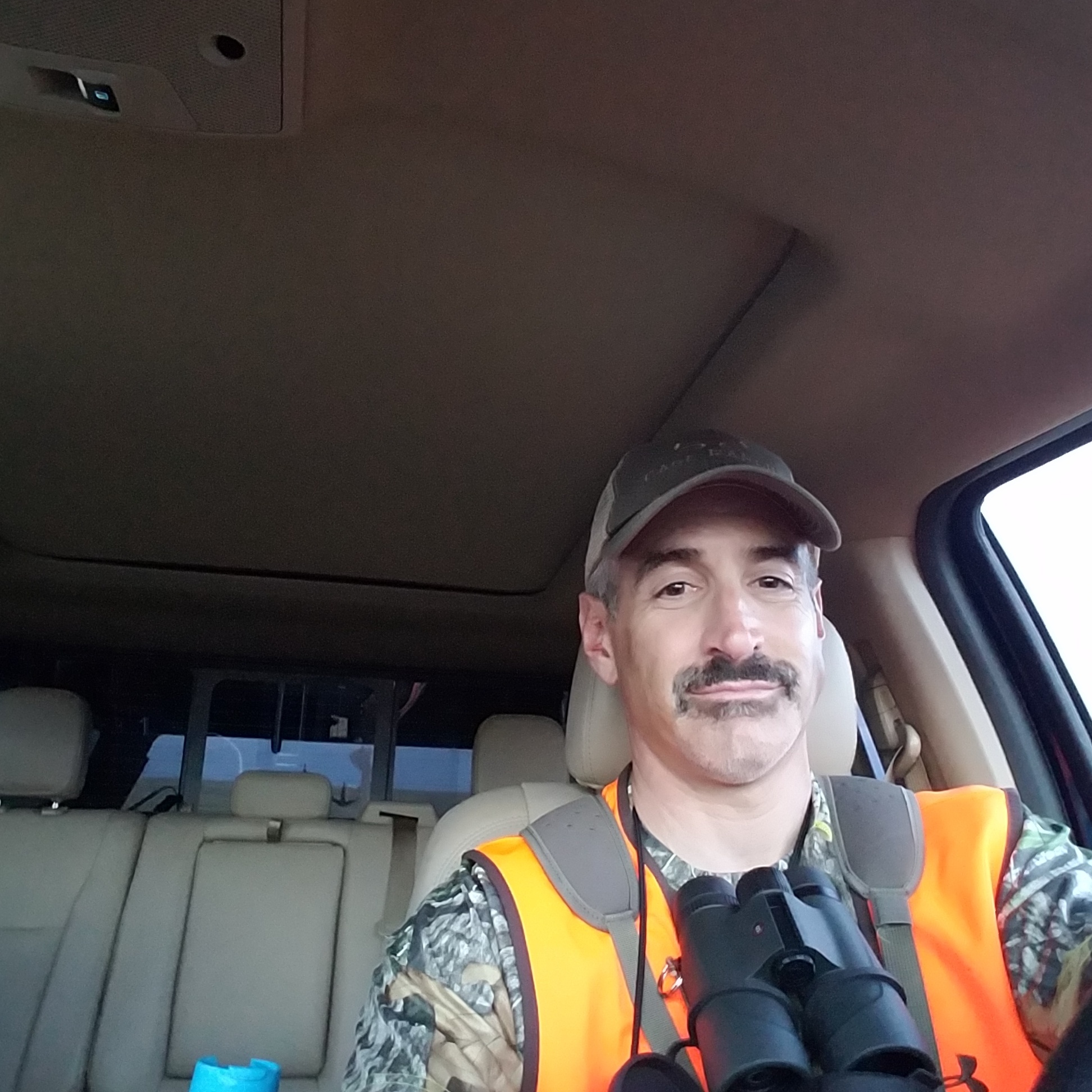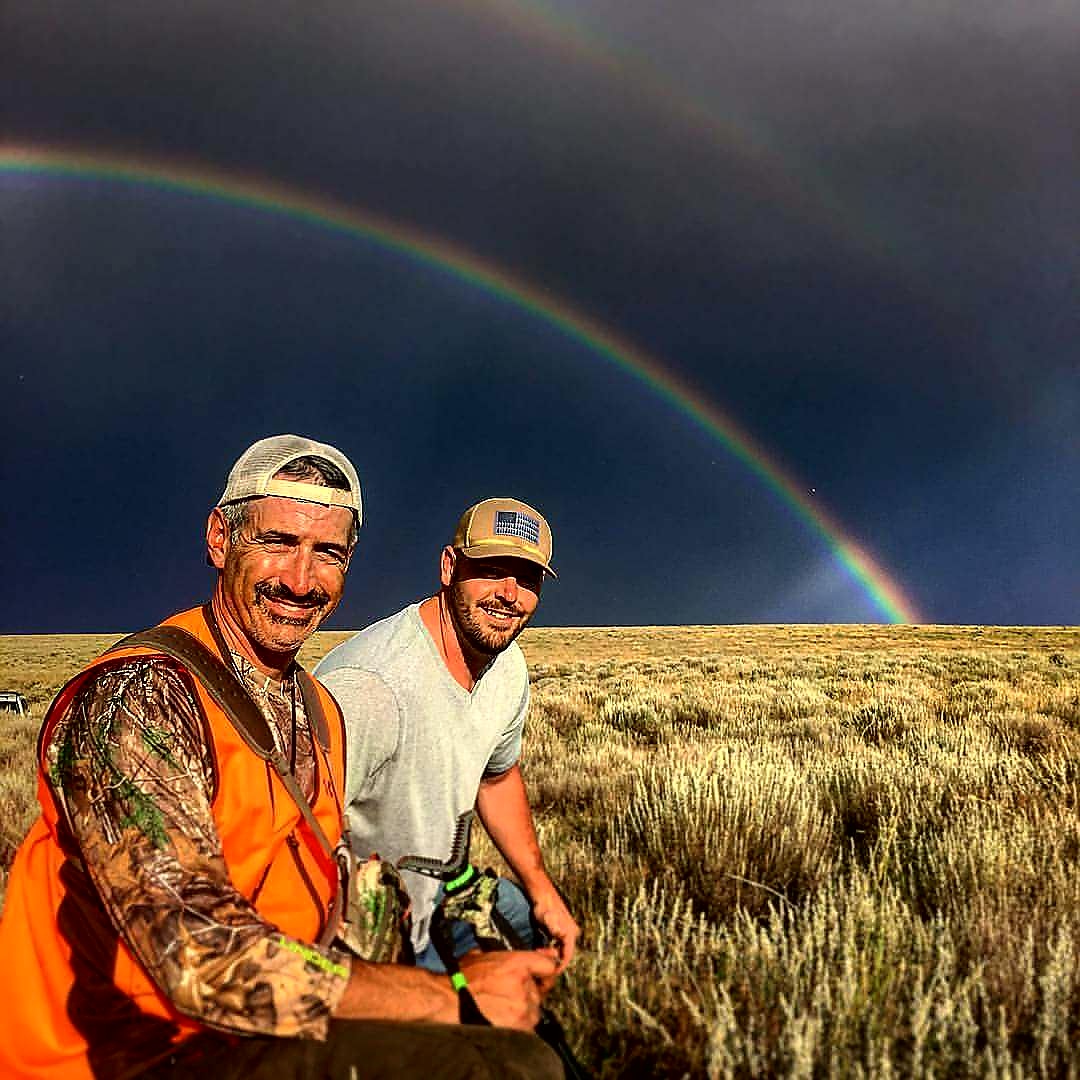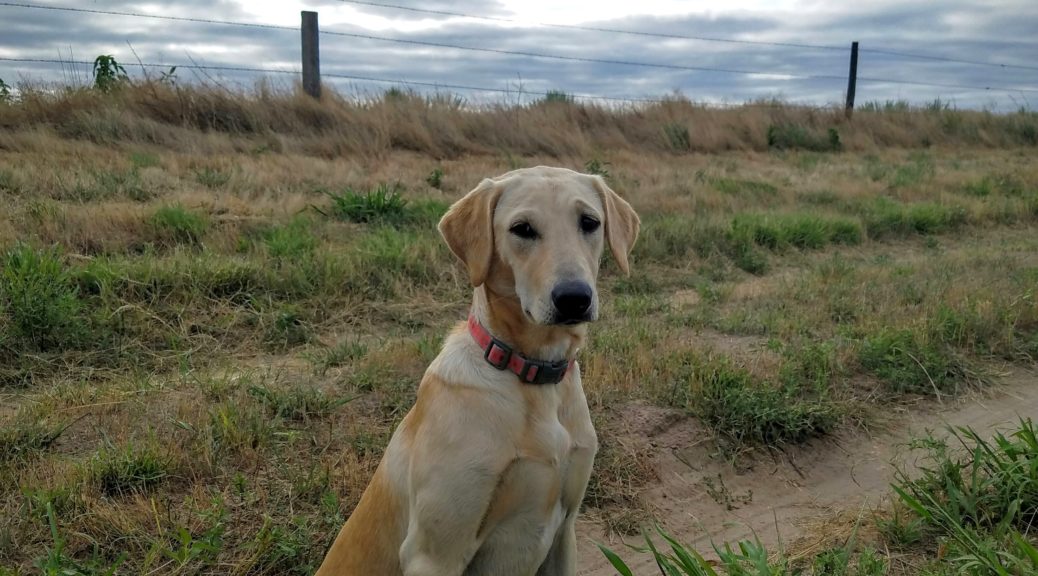I take pride in making conservative, ethical shots. Shots that result in quick, humane kills. I have been fortunate to have taken all of my big game animals with a single bullet. Tracking a wounded animal has not been necessary, and I am thankful for that. I knew that when I won my CVA Optima V2 at this year’s Pheasants Forever dinner, there was a real risk of failure. For years, I watched hunters on television kill all types of big game animals with a muzzleloader. I now had the opportunity to hunt primitively.
Opening day of Colorado’s muzzleloader pronghorn season was September 21st. Weeks before, my practice sessions with the rifle proved to be a challenge. It took me forty-five minutes to get on paper, and another thirty minutes to establish a reasonable grouping. To that point, when I arrived at the Ranch later in the afternoon on 9/21, I went straight to range in order to continue to get comfortable with iron sites. Shooting from 100 yards, I put four within six inches of one another. While I was not completely confident, I did not think additional practice time would produce incrementally better results.
The Blue Mill pasture is a favorite of mine. While there is not a lot of cover, I am able to glass over a vast area from great vantage points. My plan was simple; identify a shooter buck, determine his general direction, and go ambush him. I felt I could execute a lethal shot within one hundred yards. It did not take long to spot a really nice goat. Glassing from three hundred yards, I spent about fifteen minutes looking at this rack to be certain he was worth pursuing. Recognizing he was special, I started my stalk armed with one hundred grains of propellant along with a Powerbelt Aerolite bullet. Almost immediately the buck spotted me, but he did not seem overly concerned. There were a few females he was eyeing, and that kept his attention as I walked in his general direction. When he dropped behind a knoll, I started running in order make up ground, and obtain a favorable position. I glanced over the hill and saw his head down, casually feeding just seventy-five yards from my position. My heart was beating rapidly but I remained composed. There were about one hundred head of cattle just behind the pronghorn so I needed to wait until he cleared them. As if it was scripted, he walked to my left and looked up at me. My Optima V2 was already in the monopod, and I took aim. The fiber optic site was centered on his left shoulder, and I squeezed the trigger.
Unfortunately, the fifty caliber bullet sailed over his back. Stunned that I did not connect, I watched the goat race to a position safely out of the reach of the muzzleloader. As I made my way back to the truck, the buck cautiously made his way back to the lower section of the pasture. I reloaded and ran towards him. My rangefinder had him at 130 yards so I pulled the trigger. Again, the bullet whizzed over his body. Slightly dejected, I departed the pasture to see If I could find another animal. I watched a few more bucks throughout the late afternoon but all were too immature to consider.
The plan on day two was to explore the eastern pastures of the Ranch. It was seven in the morning, fifty degrees, and the sun was quickly warming the day. I drove for miles, regularly pausing on the two tracks in order to peer into long draws. Unfortunately, I did not see a single animal. At about nine, I decided to head back to the Blue Mill to see if there was any activity. As I motored west on the county road, I noticed a big buck with a single doe just one hundred and fifty yards off the road. Startled by my presence, they completed a 180, and ran one hundred yards away from me. Both animals stopped and looked back to assess the threat. I backed my truck up until the pronghorn could not see me. My loaded CVA was slung over my shoulder as I ran laterally in an attempt to impart a flanking strategy. When I was six hundred yards from my truck, I slowly crept west toward the general direction of the animals. Despite my efforts, they spotted me just as I spotted them. Realizing I had to act quickly, I put the gun in the monopod and took aim. Almost immediately I realized that the rear sites of the gun were gone. I panicked as I knew I would not be able to kill this pronghorn or any other. Once I got back to my truck I called Bob and told him about the situation. As expected, he offered up multiple suggestions in order to solve my unfortunate predicament. Luckily for me my friend Dave was heading to the Ranch, and he offered to let me use his muzzleloader.
Dave’s muzzleloader was shooting a bit high at one hundred yards. It was almost four in the afternoon, so Tyler, Bob and I headed back to the Blue Mill. It did not take long to locate a respectable goat feeding in and around some cows. He did not startle when we approached him from two hundred and fifty yards away. I was able to get to around one hundred yards before he started to trot away from us. When he turned to look back, I took the shot. Unfortunately, my bullet was off the mark, striking him in the leg. The injured buck ran for a long distance before collapsing. While I was certainly proud that I had harvested the pronghorn, I was disappointed in my inability to execute correctly.
If I am fortunate to draw another muzzleloader 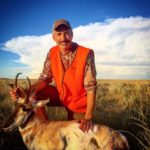 tag, I will put in even more time on the range. Shooting with iron sights is difficult, and situational practice is a necessity.
tag, I will put in even more time on the range. Shooting with iron sights is difficult, and situational practice is a necessity.
| Equipment | Comment |
| Muzzleloader – CVA Optima V2 | Easy to shoot and clean; great gun |
| Binoculars – Styrka S7 10 x42 | Great optics for a reasonable price |
| Pants – Lolo Upland Briar | Comfortable, tough but expensive |
| Electronic Ear Protection – SoundGear | A must for all hunters who want to protect their ears |
| Truck Storage – MobileStrong | Keeps hunters organized |
| Mapping – onXmaps | Highly effective mapping software for your GPS |

